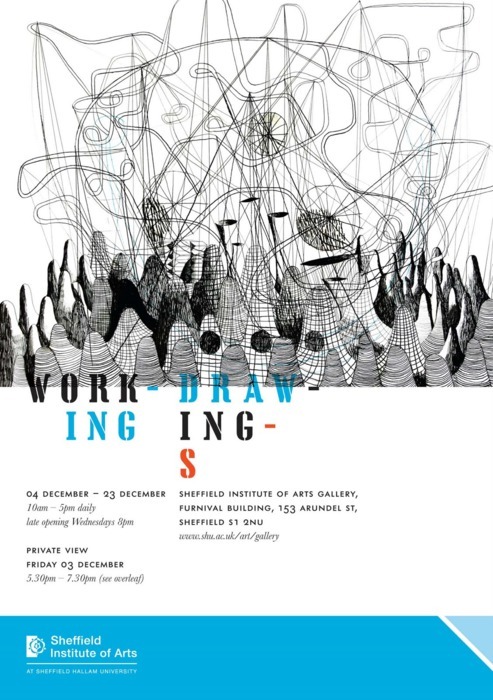
Ian, myself and a few students (ok 3!) I attended this conference last week at Sheffield Hallam University (postponed in December due to the snow). Three speakers, illustrators Roderick Mills, Jill Calder and Steve Smith (aka Neasden Control Centre) shared and discussed their working drawings and how they inform their finished work. They all use drawing as a way of 'thinking' and the distinction between their commercial and personal work becomes blurred.
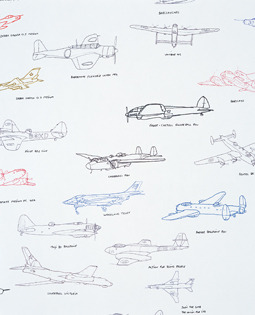
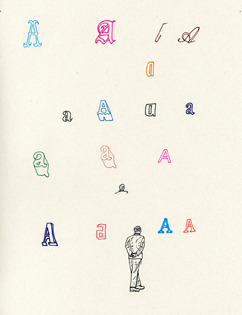
I have seen Roderick Mills speak before and we have invited him to come and doing a project with Year 2 & 3 later this month. Drawing is a process integral to his research 'journey', as well as to generating ideas. He sketches research material continuously and uses drawing as a way of fully understanding his content and what his work is actually about. What really resonates with me is how little Mill's work has changed since he was a child. It is honest and informed by his obsessions / personality (not style) and his experiences. He embraces making mistakes and explores media for its own sake. He thinks it is good to have tension when drawing - you may use media you are uncomfortable with to encourage surprise and danger - remember 'Individulaity of Imagination' and using obstacles against your habitual drawings folks? He encourages to always 'play', to make images, be independent and to make work for yourself, alongside commercial / college work. He never knows when his work is unresolved or 'finished'. He feels that the accessibility of so much illustration makes 'style' too familiar. Students become too aware of illustrators to the extent that they forget their own subject matter and simply reference work that already exists.This leaves no room for it to go further. Just draw ad be yourself. You should strive to find their own interest beyond purely illustration.
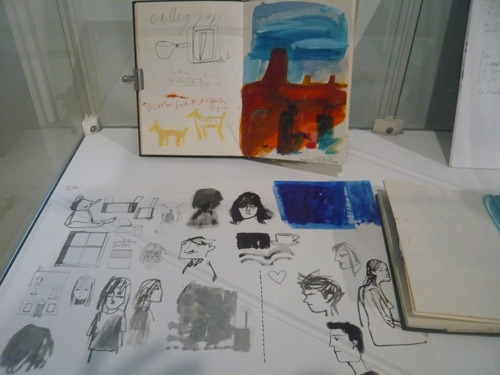
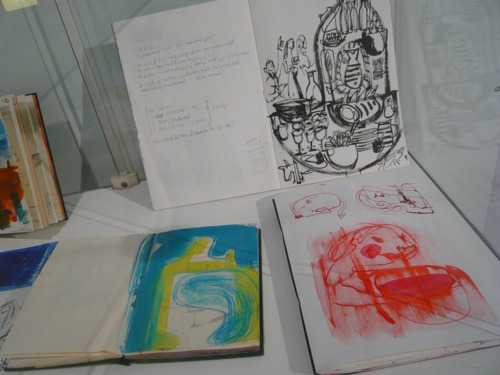
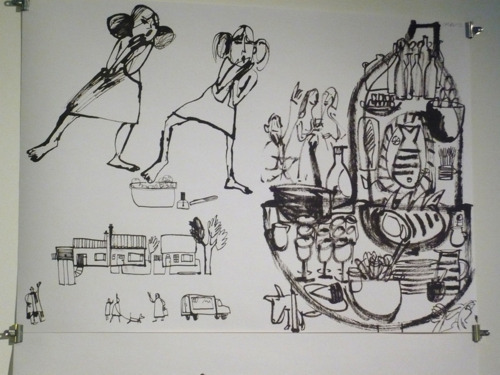

Jill Calder, whose work can often be seen in The Guardian believes that as well as being vital to creating a strong end product, drawing is essential to being able to communicate with clients, especially at speed. She talked about her journey into illustration through the magical sketchbooks of Picasso and Robert Crumb. Working mainly with pen and ink, she draws daily, from doodles, visual thinking, to solving problems for clients. She is surprised how little art directors draw. She also has concerns about how the physical activity of drawing is being lost in education. Students forget to pick up a pencil even in Primary Schools 'art' is being created on a computer. She advocates "being playful", open-minded to drawing, avoid getting stuck in a rut by using new materials or paper, working with others and always challenging yourself. Make mistakes, plenty of mistakes! As a lecturer, she hears students obsess over style. She believes that they should go back to basics and that a style will emerge naturally.
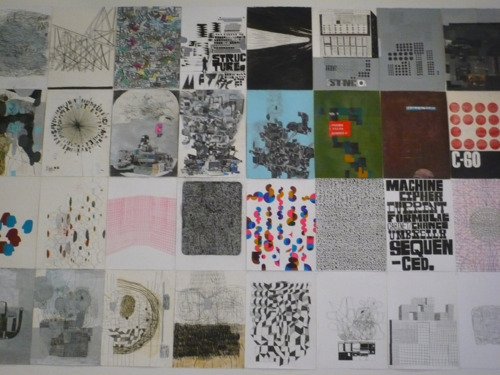
For Steven Smith, drawing is both 'a conscious sub-conscious process'. It is a method of looking and seeing, and is a key element of his finished work. It informs everything he does. He draws from life, by that he does not mean life-drawing' but life experiences including, music, films, going-out and conversations. He does not believes in rules or pigeon-holing yourself, both are always set for you by some-one else. He regularly draws without thinking, which he finds an intense process that uses all of your senses. He does not care how a drawing is done as long as it is good. He is interested in the digital world we now live in and the divide between digital versus analogue, this is what the dialogue of much of his work is about. He keeps drawing and feels that there is no end to his work - how do you know if it is a perfect image? He encourages using books for reference as this is such a different experience from looking at information online. While there are links on blogs / website, theses have been created for you. A book allows you to make your own connections.
What are your thoughts on any of this subject?
I would be delighted to hear your comments.

8 comments:
these are lovely jo, hope you and everybody is good :) x
Bonjour. How are you? Let me know if you get a place at you know where
It was a good event, and it's a shame more people didn't turn up.
As for "being yourself"... it's a tricky one, that. One of the reasons I'm on the course is because I reached a dead end through just following my instincts - I ended up with a "style" of my own, but it wasn't a very coherent one. It's possible to under-analyse as well as over-analyse. I only moved on when I began consciously emulating, or at least learning from, certain aspects of others' work. I suppose that's one extreme, the other being the folks who cynically or unthinkingly adopt the style of a more successful artist/illustrator in order to make careers for themselves.
It's an, ahem, fine line between someone like David Shrigley, who makes a virtue of awkward, untrained drawing through sheer wit and intelligence, and the legions of witless doodlers out there who want to be like him. And there's nothing wrong with obsessive perfectionism (look at Lucian Freud). You just have to invent your own criteria for what is a "good" drawing, which obviously isn't easy.
Hi James,
It was great that you were there. I really appreciate your thoughts because I have worries about projects like 'Image, copy and translation' that I give to Year 1 students. I wonder of it's value or whether it confuses you. The key is to learn through others because I really like that you identify that you can only go so far yourself until you have to look for help from the experts and masters. It is knowing when to depart from that and return to your roots which I feel is the key.
I was thinking about that one recently actually. I'd say it's a good thing on balance, for the insight it gives into others' working methods - the only problem I had was that I wasn't too keen on the illustrator I had to copy. But then, if you let the students choose who to copy you'd probably be there forever...
T'was good.
Can't fathom why "budding" artist's don't go to these things.
New experience & divining wisdom passed down from more experienced peers should be done more often. Sorry if you were going to be the next child prodigy you would bloody well know about it by now...
How do you expect to progress mentally if you don't react to/against anything?
How do you grow if you don't experience anything?
Jo, I very much doubt that there is many of us that haven't learnt some aspect of our craft from copying. Magazines, photographs, internet etc
Wouldn't worry about it, we moan, we winge and rebel. We react...
Shows we care.
Hi Jo, thanks so much for writing this and putting the pictures up. I didn't take photos and I usually do so I'm kicking myself now for not having something to look back on!
All the points you've made are exactly what I took away from the conference, particuraly Jill's lecture, about drawing from yourself and not worrying so much about style, that it's better for it to evolve organically. That's something I've been aware of since deciding to do this course - not trying to follow what's fashionable now but to follow my own interests, and to try new things to push myself - 'danger and surprise'. Who knows if you don't try? It's what being creative is all about maybe!
Hi Laura,
I really enjoy hearing the student voice and opinion on events / lectures such as this because it is so interesting to understand how you process what you hear as it will be different to each individual. Also there is the way that a lecturer / student / illustrator will all glean different bits of wisdom and bits will make sense at different times to each of us. Your own blog is looking great too.
Post a Comment